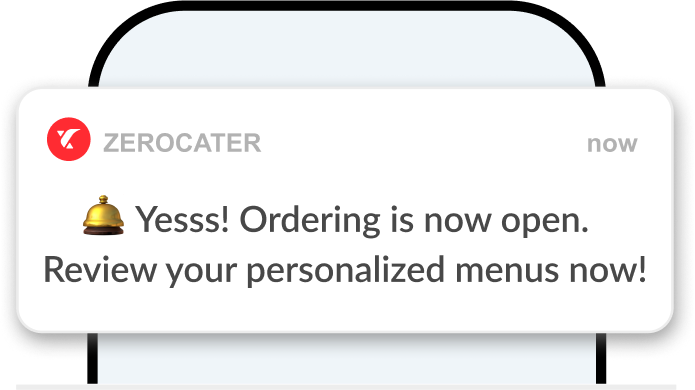Think office snacks are expensive? Try paying a recruiter.
Pool tables. Gym memberships. Health insurance. Office lunch. The modern benefits package comes with an ever-growing list of glamorous office perks—and each one comes with a price tag.
The competition to attract top talent is steep—and new hires are fully aware of the leverage they hold. Where health insurance and paid leave was once a sound offer, companies now add office frills (think in-house chefs and unlimited vacation) to sweeten the deal. In a recent interview on expansion, Zerocater CEO Arram Sabeti remarked, “The really tricky thing is not getting money anymore. The really tricky thing is getting great talent.”
In the 2011-2015 Global Talent Index, only 70 percent of C-level executives are either “highly” or “somewhat” confident they’ll be able to attract the talent they need over the next two years. Nearly a third of respondents reported dissatisfaction with new hires over past years.
The pool of sought-after talent is a shallow one, which means two things:
- Companies need to create an environment their employees will love to work in. A happy, productive workforce helps attract top recruits.
- When you bring in key people, do what you can to hold on to them.
If you cringe each time you look at your expense reports, just imagine the cost of losing the employees logging them.
Josh Bersin, Principal and Founder of Bersin by Deloitte, stated the cost of losing an employee can be 1.5-2X their annual salary. The higher ranking the employee, the more turnover hurts, but even low-paying or hourly positions come at a price. Studies have shown it costs 16 percent of annual salary to replace an individual making less than $30,000 per year.
Time to start making a big, fat Turnover section on your P&L.
So what is the cost of losing an employee, and how is this calculated?
The cost of hiring (even at the bare minimum, a Craigslist ad has a cost) and onboarding (envision many a training block on your future calendar), coupled with screening, interviewing, and relocation are just the beginning. Bersin outlines other hidden costs, including:
- Lost engagement (high turnover rates cause a sharp downturn in employee engagement)
- Lost productivity (a seasoned employee is much more efficient than one who does not understand company policies and processes).
How do you cut down on the cost of employee turnover?
This may seem like an open-ended question, but the answer is quite simple: Make your work environment one no one wants to leave. Paid leave, work-from-home policies, and unlimited vacation promotes a work-life balance and job flexibility. Game rooms, snack bars, and common areas bring teams together the same way water coolers once did (what an upgrade that was). Gym memberships, company FitBits, and in-house exercise classes promote healthy lifestyles in a fun, community-centered way.
Or you can always bring in free lunch—but hey, call us biased.


